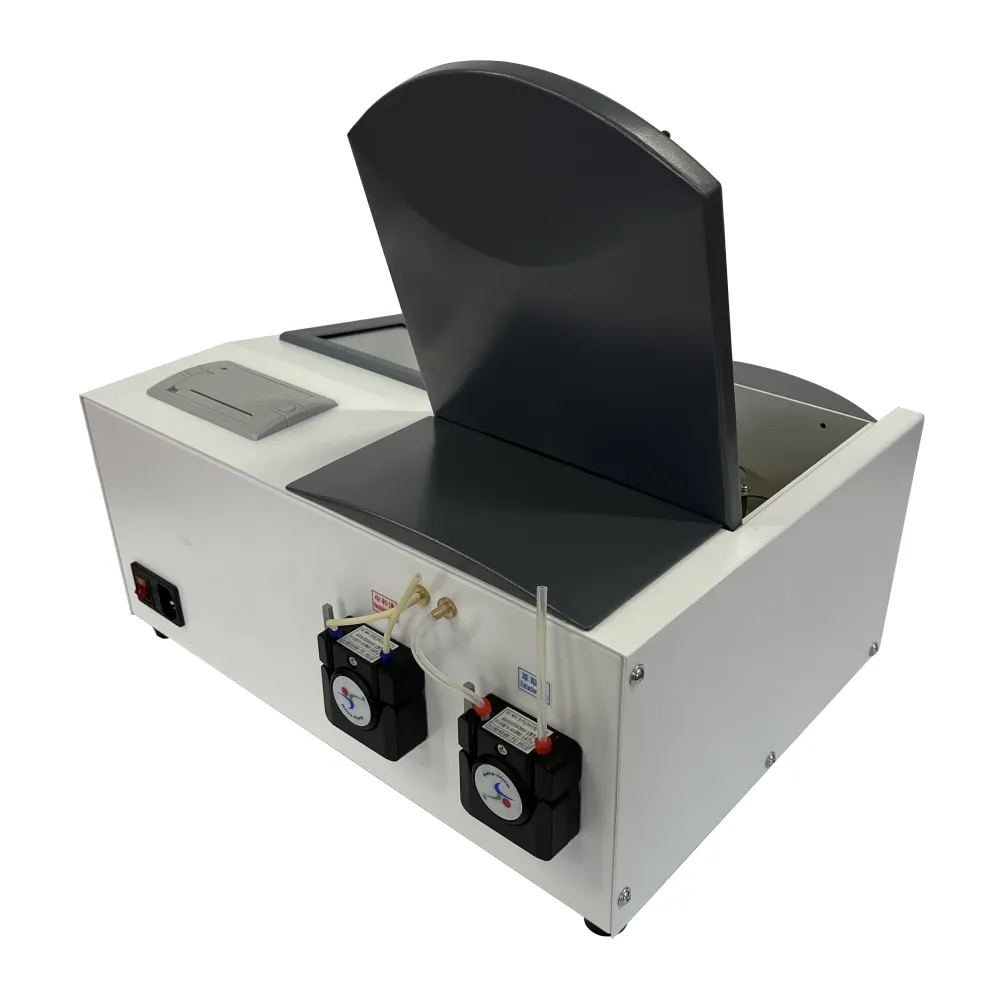 English
English


High Voltage Testing Procedures and Standards for Transformer Evaluation and Safety Assessment
High Voltage Testing on Transformers
High voltage testing is a crucial procedure performed on transformers to ensure their reliability, safety, and efficiency. This testing process is primarily aimed at identifying any potential weaknesses or faults in the insulating materials and design of transformers that could lead to failures during operation.
Transformers play a pivotal role in the electrical power distribution system by stepping up or stepping down voltage levels as necessary. High voltage tests, therefore, simulate conditions that transformers may encounter in real-world scenarios, ensuring that they can withstand these stresses without compromising their functionality or safety.
The high voltage test procedure generally involves applying electrical stress greater than the normal operating conditions to the transformer. One common method is the power frequency withstand test, where a voltage much higher than the transformer’s rated voltage is applied for a specified duration, typically ranging from 1 minute to several minutes. During this test, the insulation system of the transformer is evaluated for its ability to withstand dielectric stress without breaking down.
the high voltage test which is performed on transformers

Another important testing method is the partial discharge (PD) test. Partial discharges are small electrical sparks that occur within the insulation system when there is a weakness or defect. By measuring these discharges, engineers can assess the integrity of the insulation and predict its lifespan. High levels of partial discharge indicate a potential failure point and necessitate repairs or modifications before the transformer can be deemed safe for operation.
Furthermore, high voltage testing not only identifies existing defects but also serves as a preventative measure. By conducting these tests during the manufacturing process or before commissioning a transformer, issues can be detected early on, reducing the likelihood of operational failures that could lead to outages or hazards.
In conclusion, high voltage testing is an integral part of transformer maintenance and quality assurance. It helps safeguard the reliability and longevity of transformer systems by ensuring they can endure electrical stresses throughout their operational life. As technology advances, the methods and techniques for high voltage testing continue to evolve, making it an essential practice in the field of electrical engineering. This proactive approach enhances the safety and efficiency of power distribution networks, ultimately benefiting consumers and industries alike.
-
Differences between open cup flash point tester and closed cup flash point testerNewsOct.31,2024
-
The Reliable Load Tap ChangerNewsOct.23,2024
-
The Essential Guide to Hipot TestersNewsOct.23,2024
-
The Digital Insulation TesterNewsOct.23,2024
-
The Best Earth Loop Impedance Tester for SaleNewsOct.23,2024
-
Tan Delta Tester--The Essential Tool for Electrical Insulation TestingNewsOct.23,2024





